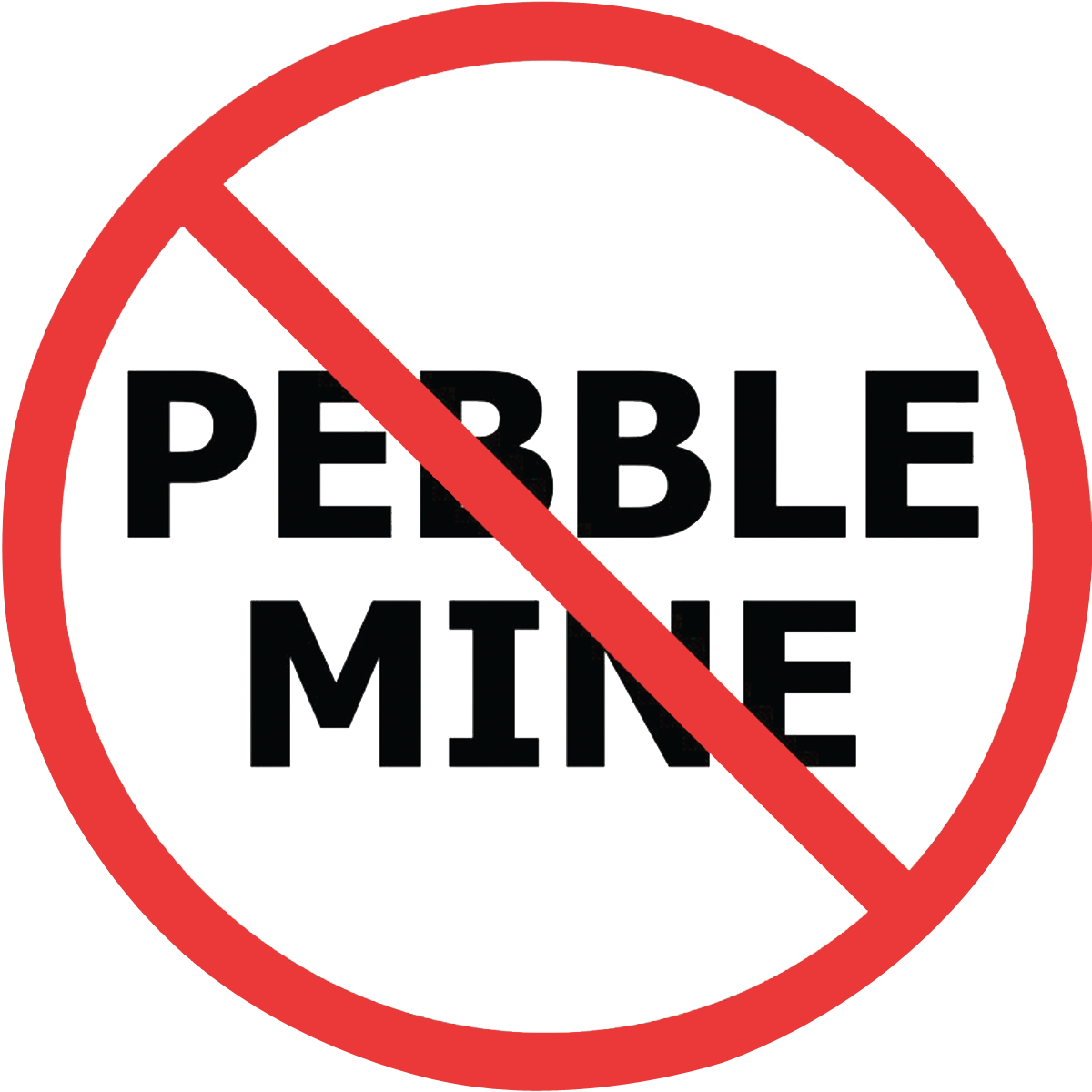Less than two decades after the Mount Polley mine in British Columbia opened, disaster struck.
Six years ago, on August 4th, 2014, a 1.5 square mile sized tailings pond full of toxic copper and gold mining waste breached. As the dam broke, it spilled an estimated 6.6 billion gallons of contaminated materials into Polley Lake, Hazeltine Creek and Quesnel Lake, a source of drinking water and major spawning grounds for sockeye salmon.
According to Mount Polley mine records filed with Environment Canada in 2013, there were “326 tonnes of nickel, over 400 tonnes of arsenic, 177 tonnes of lead and 18,400 tonnes of copper and its compounds placed in the tailings pond.”
You won’t believe it, but Pebble at one time used Mount Polley as an example of how fish and mining could co-exist. They even made this ad about it … which they promoted, until Mount Polley failed.
Aerial image of the Mount Polley mine disaster. Photo by The Narwhal Canada
A local state of emergency was declared over drinking water contamination concerns after the disaster. Clean up efforts have led to a reconstructed Hazeltine Creek, although the contaminated slurry that made its way into Polley Lake and Quesnel Lake remains in the waterways and the long-term effects on salmon are unknown.
An investigation into the cause of the spill revealed mine engineers failed to account for glacial silt underneath the tailings containment pond, leading to structural insufficiencies that caused the dam’s collapse. No charges or fines have been laid in response to the disaster leaving the local communities to bear the burden of the disaster.
The Mount Polley mine disaster was a tragedy for the residents of the Quesnel Lake region and a wake up call to those of us who love Bristol Bay.
From the final EIS we know that the Pebble mine, if built, would generate an unprecedented amount of pollution and wastewater (nearly 6 times more than the next largest mine in Alaska) in phase one alone. To make matters worse, it would rely on a tailings dam design to contain the pollution, which the Corps describes as “uncertain.” In fact, the Corps’ own NEPA contractor describes as “very similar” to the design used at the Mt. Polley mine in British Columbia.
Despite these two comments, Pebble Limited Partnership has backed out on its promise to undertake an independent tailings dam failure analysis and, alarmingly, the Corps decided not to do the analysis itself as part of its permit review. This is unacceptable.
These short-cuts made by Pebble’s permit-reviewers, along with a host of other concerns about Pebble, leaves the region at risk if Pebble mine goes through. An overwhelming majority of local residents, Alaskans, and people from all walks of life across the country oppose the proposed Pebble mine.
Hundreds of outdoor industry businesses and many thousands of hunters and anglers recently called on the Administration to deny the permit. Today, on the 6-year anniversary of the disaster at Mount Polley we echo the call to stop the proposed Pebble mine.


